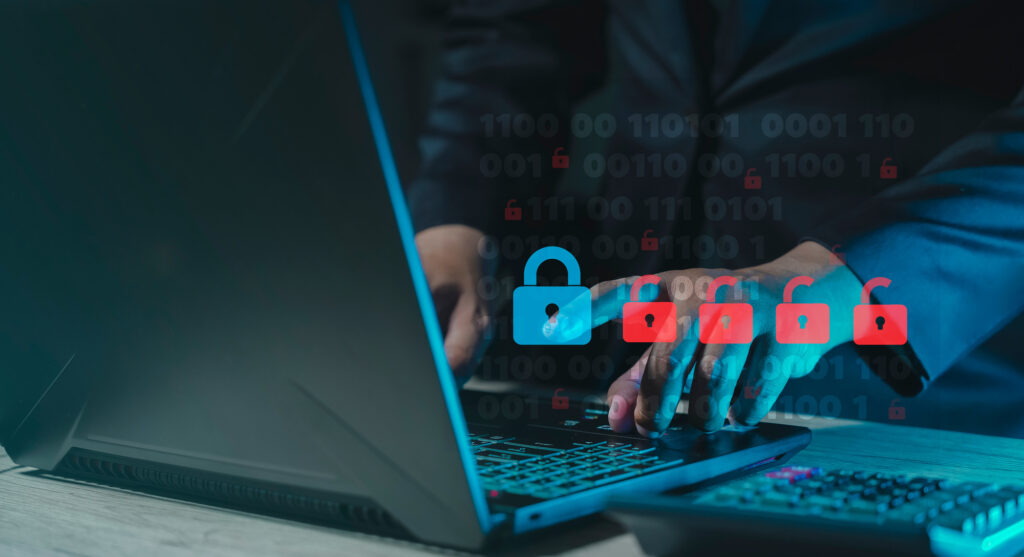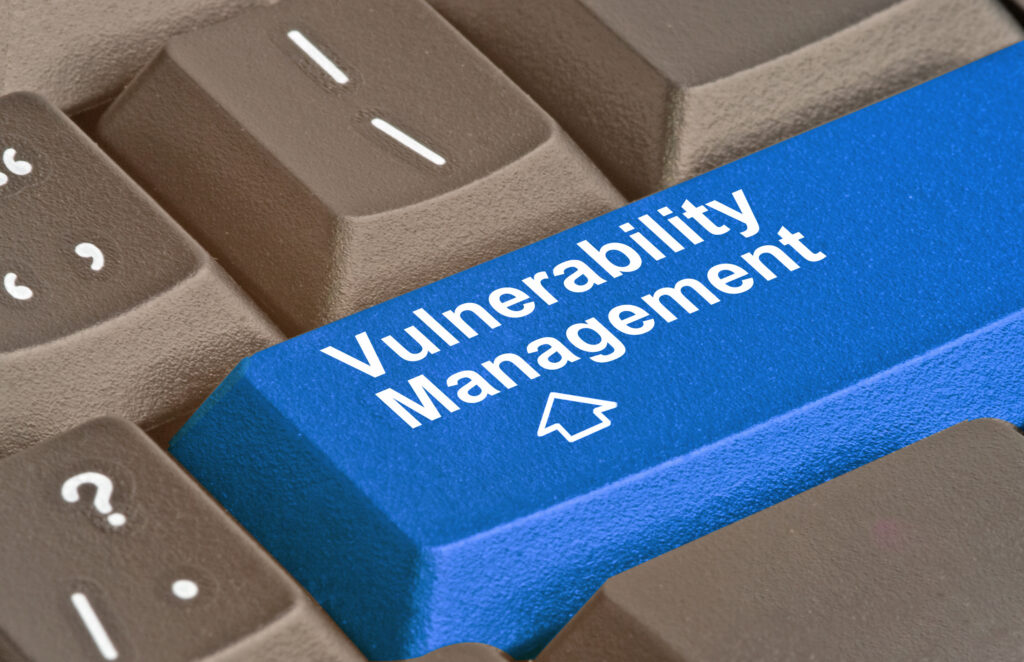
In today’s digital ecosystem, a systematic vulnerability management program is no longer an option but a necessity. This essential strategy seeks to protect organizations from cyber threats by identifying, categorizing, prioritizing, and addressing vulnerabilities in a network or system. This article presents an in-depth guide on how to build an effective vulnerability management program.
Establish Leadership Commitment And Define Objectives
The inception of a robust vulnerability management program starts at the top. Every successful cybersecurity initiative necessitates support and commitment from the executive suite.
It’s crucial to translate the complexities of cybersecurity into the language of risk management. This way, you can persuade leadership that investing in it is not just about meeting regulatory mandates or cost management. Instead, it’s about protecting the organization’s assets and reputation. Furthermore, it contributes significantly to the overall resilience of the organization.
With the backing of leadership, defining the objectives of the vulnerability management program is the next vital step. These objectives need to align with the organization’s overall business objectives. These could involve a variety of goals. One might be maintaining regulatory compliance.
Another could be safeguarding sensitive customer data. Reducing potential downtime is another possible objective. Finally, fortifying the organization’s overall security posture could be another important goal.
With these objectives, it’s equally important to set measurable KPIs to provide a clear pathway for progress and ensure success can be quantitatively tracked and reported.
Asset Discovery And Inventory
To safeguard your digital assets, you first need to know what you have. Asset discovery involves an exhaustive inventory of all the tangible and intangible assets within an organization’s network. This includes hardware and software, databases, network devices, cloud resources, and IoT devices. This step ensures visibility into the organization’s network and provides a roadmap to the risk landscape.
The inventory should not be a mere list of assets. It should also include details like the asset’s function, the owner, its physical or virtual location, the type of data it processes, and more. A crucial component is the classification of assets based on their criticality and sensitivity, which will later help in prioritizing vulnerability management efforts.
Vulnerability Assessment

With the asset inventory in place, the focus shifts to vulnerability assessment. This step involves a rigorous and regular scan of the IT environment, including critical systems like SAP, to detect any weak spots that could be exploited by adversaries. This process plays a significant role in SAP vulnerability management and threat detection. Conducting these scans should be an integral part of routine IT operations, rather than a one-off task, given the rapidly evolving threat landscape.
Automated vulnerability scanning tools, some specially designed for SAP systems, play a significant role in detecting known vulnerabilities, identifying outdated systems, and highlighting configurations that are non-compliant with best practices.
It’s crucial to select a tool that aligns with your organization’s needs, network architecture, and integrates seamlessly with existing systems. These tools should also be capable of effectively addressing the unique challenges posed by vulnerability management and threat detection.
Risk Assessment And Prioritization
A pile of vulnerabilities without any order or priority can be as harmful as having no awareness of the vulnerabilities. It’s critical to note that all vulnerabilities are not created equal, and they don’t pose the same level of risk to every organization.
A successful vulnerability management program adopts a risk-based approach, which means vulnerabilities are prioritized based on the risk they pose to the organization.
There are standard frameworks, such as the Common Vulnerability Scoring System (CVSS), that provide a numerical representation of a vulnerability’s severity. However, these scores must be considered according to your organization’s context.
Remediation Or Mitigation
Having identified and prioritized vulnerabilities, the next phase involves making strategic decisions to remedy or mitigate these vulnerabilities. Remediation strategies could include patching software, modifying system configurations, updating firewall rules, or even decommissioning outdated systems.
Given the reality of limited resources and operational constraints, it’s crucial to focus on remediating the most critical vulnerabilities first. Plus, creating a realistic timeline for remediation is a vital aspect of the process, as it defines expectations and provides a basis for tracking remediation progress.
Continuous Monitoring And Improvement
Vulnerability management is not a static project—it’s a dynamic and continuous process. With new vulnerabilities emerging daily, constant monitoring is an absolute necessity for maintaining a robust defense. Adopting a proactive rather than reactive approach helps in staying ahead of potential threats.
Continuous improvement is another crucial aspect of an effective vulnerability management program. Analyzing security incidents, learning from audit feedback, staying updated with evolving best practices, and adapting to technological advancements offer avenues for enhancing your program over time.
Communication And Reporting
Effective communication and reporting are often the backbone of successful vulnerability management. Regular updates about vulnerability statuses, remediation efforts, and potential risks help maintain transparency and foster a sense of collective responsibility within the organization.
Using reports and dashboards to illustrate complex data can help stakeholders understand the status of the program and make informed decisions. The aim of communication and reporting is not merely to report on technical issues but to foster a culture of security awareness within the organization.
Training And Awareness
While systems and tools play a significant role, the human factor is often the first line of defense in cybersecurity. Empowering your team with knowledge about the latest threats and the importance of adhering to security best practices is critical to maintaining a resilient security posture.
Regular training sessions, updates on the latest threat landscape, and drills to simulate potential security incidents can equip your team with the skills and knowledge needed to navigate the complex world of cybersecurity.
Compliance With Regulations
Regulatory compliance is a crucial aspect of vulnerability management. From GDPR and HIPAA to PCI DSS and various other industry-specific standards, your vulnerability management program must comply with all relevant regulations. Non-compliance can lead to severe penalties, not to mention the potential reputational damage.
Automate Where Possible
Given the volume and velocity of vulnerabilities in today’s digital world, automation has emerged as a powerful ally. Automating repetitive and routine tasks like scanning, patching, reporting, and alerting can significantly enhance the effectiveness of your vulnerability management program. It not only reduces manual workload but also minimizes the possibility of human error.
Wrapping Up
Building an effective vulnerability management program is a complex journey that requires strategic planning, effective tools, dedicated personnel, and robust processes. It requires creating a culture of continuous improvement and learning. As your business evolves, so too should your approach to managing vulnerabilities. The end goal is not the complete eradication of vulnerabilities but the reduction of risk to an acceptable level. This will, therefore, safeguard your organization’s assets, data, and reputation.


